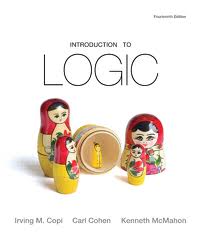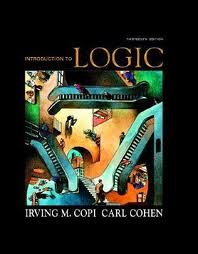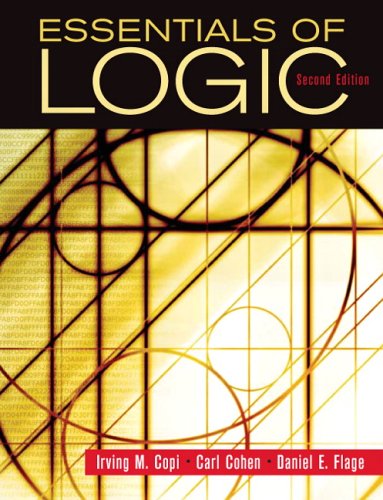
The 19 Rules of Inference
Edip Yüksel
 The prototype disbeliever who is challenged by the number 19 is described as the one who makes erroneous inferences (74:18-20). The repetitious reference to his fallacious logic emphasizes the importance of thinking and inferring properly.
The prototype disbeliever who is challenged by the number 19 is described as the one who makes erroneous inferences (74:18-20). The repetitious reference to his fallacious logic emphasizes the importance of thinking and inferring properly.
God has embedded in our hardware and system software the rules of logical thinking (rooh and aql), which amazingly work perfectly in harmony with the rules of external or natural world. If we employ these rules they will help us to understand God’s law in the nature and the scripture. Our ego, our weakness to follow the crowd, our short term petty interests and similar interference can prevent us from employing those rules correctly or efficiently.
Number 19, as the mathematical system of the Quran, invites the audience to use his or her rules of inferences to witness, understand and appreciate the intricate and extraordinary design of the Book. This invitation is from the Creator of human mind who blessed humans with power to reason and freedom of choice to use that power correctly. It is most interesting that the rules we need to appreciate God’s mathematically designed message are exactly 19. The number of rules are complete and sufficient to test the truth value of any statement.
“The present list of 19 rules of inference constitutes a COMPLETE system of truth-functional logic, in the sense that it permits the construction of a formal proof of validity for ANY valid truth-functional argument.” (FN1)
The above quotation together with its emphasis on COMPLETE and ANY is from the textbook I use for my logic classes. The book, which has been reviewed by scores of professors around the nation is one of the most popular text books used at American universities and colleges. The book provides the list of 19 Rules of Inferences both inside and on its cover.
The first nine rules of the list are rules of inference that “correspond to elementary argument forms whose validity is easily established by truth tables.” (Id, page 351). The remaining ten rules are the Rules of Replacement, “which permits us to infer from any statement the result of replacing any component of that statement by any other statement logically equivalent to the component replaced.” (Id, page 359).
Here are the 19 Rules of Inference:
| 1. Modus Ponens (M.P.) | p → q
p .: q |
| 2. Modus Tollens (M.T.) | p → q
~ q .: ~ p |
| 3. Hypothetical Syllogism (H.S.) | p → q
q → r .: p → r |
| 4. Disjunctive Syllogism (D.S.) | p v q
~ p .: q |
| 5. Constructive Dilemma (C.D. | (p → q) ∙ (r → s)
p v r .: q v s |
| 6. Absorption (Abs.) | p → q
.: p → (p∙q) |
| 7. Simplification (Simp.) | p∙q
.: p |
| 8. Conjunction (Conj.) | p
q .: p∙q |
| 9. Addition (Add.) | p
.: p v q |
|
Any of the following logically equivalent expressions can replace each other wherever they occur: |
|
| 10. De Morgan’s Theorem (De M.) | ~ (p∙q) ≡ (~ p v ~ q)
~ (p v q) ≡ (~ p∙~ q) |
| 11. Commutation (Com.) | (p v q) ≡ (q v p)
(p∙q) ≡ (q∙p) |
| 12. Association (Assoc.) | [p v (q v r)] [(p v q) v r]
[p∙ (q∙r)] [(p∙q) ∙r] |
| 13. Distribution (Dist) | [p∙(q v r)] ≡ [(p∙q) v (p∙r)]
[p v (q∙r)] ≡ [(p v q) ∙ (p v r)] |
| 14. Double Negation (D.N.) | p ≡ ~ ~ p |
| 15. Transposition (Trans.) | (p → q) ≡ (~ q → ~ p) |
| 16. Material Implication (M. Imp.) | (p → q) ≡ (~ p v q) |
| 17. Material Equivalence (M. Equiv.) | (p≡q) ≡ [(p → q) ∙ (q → p)]
(p≡q) [(p∙q) v (~ p ∙ ~ q)] |
| 18. Exportation (Exp.) | [(p∙q) → r] ≡ [p → (q → r)] |
| 19. Tautology (Taut.) | p ≡ (p v p)
p ≡ (p∙p) |
|
Introduction to Logic, Irving M. Copi and Carl Cohen, NINETEEN: God’s Signature in Nature and Scripture www.19.org |
|



